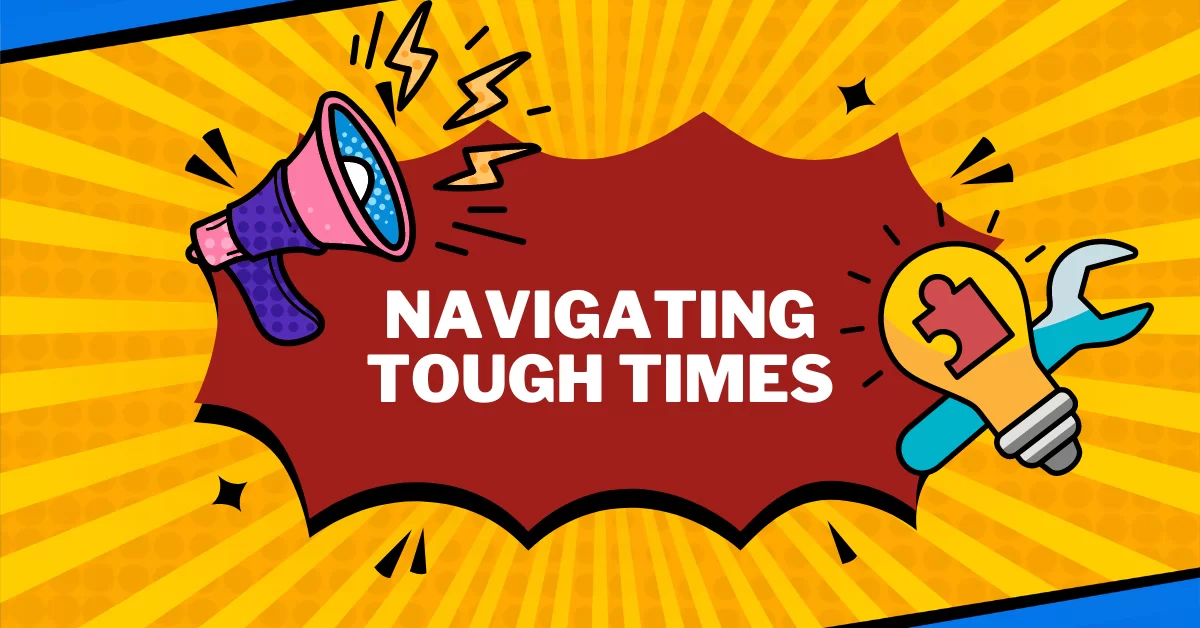In the ever-changing landscape of the corporate world, leadership plays a pivotal role, especially during challenging times. I learned this firsthand during a particularly turbulent period in my career, which coincided with the economic downturn that shook the foundations of many industries. As I reflect on this time, I am drawn to the stark contrast in leadership styles I encountered and the profound impact these styles had on our team morale and effectiveness.
The economy was in a tailspin. Our organization, like many others, was caught in the throes of uncertainty. Job security was a daily concern, and the specter of layoffs loomed large. This atmosphere of fear and uncertainty was palpable throughout the organization, influencing every decision and interaction.
Leadership Approach #1: The Hard Reality
The head of our department adopted what I would call a ‘rip off the band-aid‘ approach. He was straightforward, focusing solely on the bottom line and the harsh realities we faced. His style was devoid of empathy, a direct response to the financial struggles of the organization. While this approach might have been effective in driving home the gravity of our situation, it had an unintended consequence: it eroded team morale.
In this environment, the work felt more like a battle for survival than a collaborative effort towards a common goal. The absence of empathy and understanding in leadership left many of us feeling undervalued and overlooked, contributing to a pervasive sense of dread and despondency.

Leadership Approach #2: Empathy and Family-Like Bonds
Contrasting sharply with this was the approach taken by his second in command. She brought a completely different energy to the table. She treated us like family, understanding the importance of emotional support during such trying times. Her approach was not about ignoring the challenges we faced; rather, it was about facing them together as a united front.
She used team meetings not just as a platform to discuss projects but also to check in with each of us personally. Celebrating birthdays, acknowledging personal milestones, and simply asking, “How are you doing?” became her way of fortifying our resilience.

The Lesson in Leadership
These two contrasting styles taught me a valuable lesson about leadership, particularly in times of crisis. The first style was focused solely on results and devoid of empathy, which can lead to a demoralized and disengaged team. On the other hand, leadership that incorporates empathy and treats team members as more than just cogs in the machine can foster a sense of belonging and resilience, even in the face of adversity.
The Takeaway for Leaders
If you’re in a leadership position, remember that the way you lead, especially during tough times, can make or break your team’s spirit. Your team looks to you not just for direction but also for emotional cues. How you handle the situation can either amplify their anxieties or help alleviate them.

Conclusion
In retrospect, this challenging phase in my career was a defining moment. It solidified my belief in the power of empathetic leadership. True leadership is not just about steering the ship through stormy waters; it’s about ensuring that everyone on the ship feels seen, heard, and valued. As we navigate the uncertain tides of the corporate world, let’s not forget the human element in our leadership styles. After all, it’s the people that make an organization, and their well-being should always be a top priority.








